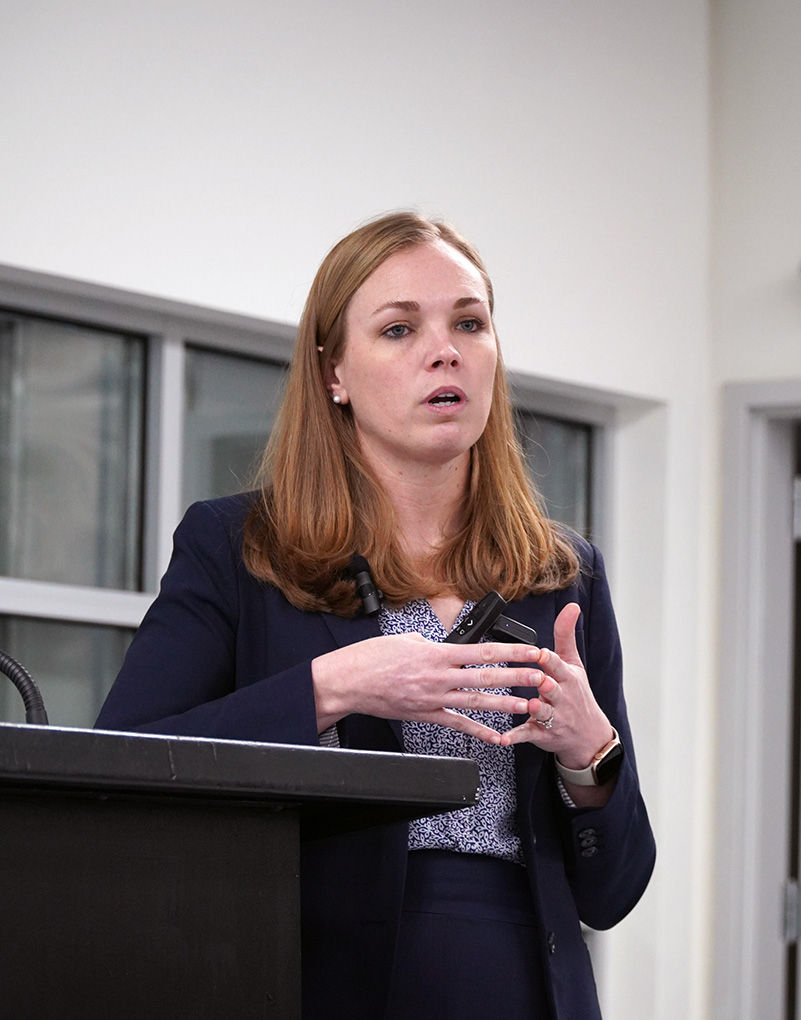Population Growth Trends In Northwest Oregon
- Kiera Morgan

- Jun 11, 2019
- 3 min read

Benton, Clatsop, Columbia, Lincoln, and Tillamook counties combined to record 232 more deaths than births from July 2017 through June 2018. The graph shows the natural increase (births minus deaths) in the combined population of Benton, Clatsop, Columbia, Lincoln, and Tillamook counties. The natural increase underwent a long-term decline in the region throughout the 1980s and 1990s. Although the number of births has exceeded the number of deaths for most years, the region may be starting a new trend that reverses that.
The decrease in natural population change in 2018 was a further drop from the previous year and a change from most recent years that have had small natural increases. The decrease for the region was due primarily to the natural decrease in three of the counties: Clatsop, Lincoln, and Tillamook. Benton and Columbia had more births than deaths. Benton County is by far the largest of the five counties, and it had the largest natural increase.
Benton County is often the outlier in northwest Oregon. It has the largest percentage of people ages 18 to 64 and thousands of college students, and it is the only complete metro area in the region. The county had 671 births and 550 deaths from July 2017 through June 2018 for a net natural increase of 121.
Columbia County has a population age distribution that is fairly similar to the state’s distribution. The county had 484 births and 453 deaths over the time period for a natural increase of 31. The natural population change in Columbia County fluctuates to an unusual degree from year to year, primarily due to swings in the number of births in the county.
Clatsop County had a natural decrease of 53 over the year – the largest decrease since 2005. The county is more rural in character and older than Benton and Columbia counties. Clatsop County had 356 births and 409 deaths. The county usually has a small natural increase in population, but seems to run a natural decrease every few years.
Lincoln and Tillamook counties both had substantial natural population losses, which is typical for rural counties. Natural population loss is traditionally the case for these two counties that are notable for their older-aged populations. Twenty-five percent of Tillamook County’s population is age 65 or older and about 28 percent of Lincoln County’s population is 65 or older.
Tillamook County had 234 births and 309 deaths over the year for a net natural decrease of 75. Lincoln County has the oldest population of the five counties in northwest Oregon. The county has had more deaths than births for more than 20 years. Lincoln County had 385 births and 640 deaths for net natural decrease of 255 in the year to July 2018.
Migration
Net immigration, mostly from surrounding counties, also adds to the region’s population. It slowed during the Great Recession then picked up again since 2011. In 2006 net migration was about 2,500. By 2010 it was down to 271 people. In 2018 it was at 2,652. This was down from 3,022 the previous year, but it remained one of the higher years for migration. All five counties had net in-migration, and migration accounts for the majority of the population growth in the region.
Future population growth within the region will be governed not just by employment opportunities, but also by the quality of life, affordability, commuting times, and a host of other reasons. The Corvallis metro area, the coastal areas and the parts of Columbia County close to the Portland metro area usually grow the fastest.
Based on estimates and projections provided by the Population Research Center and the Oregon Department of Administrative Services, Northwest Oregon’s population was 259,295 in 2018 and is expected to be almost 271,515 when 2025 rolls around.
Information provided by Oregon Employment Department




.png)



Comments